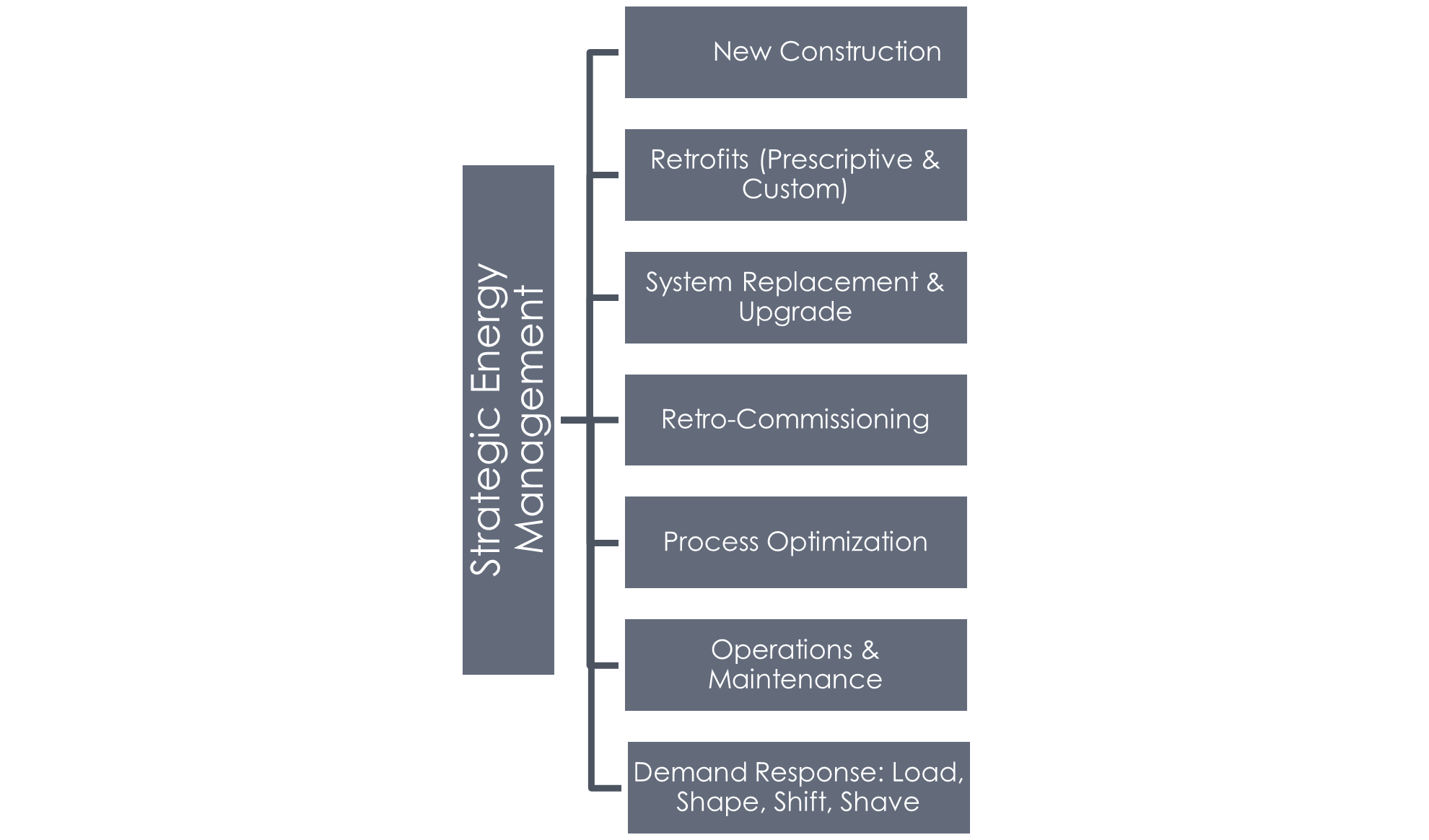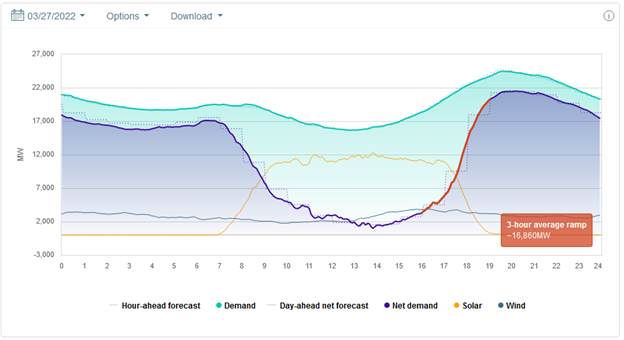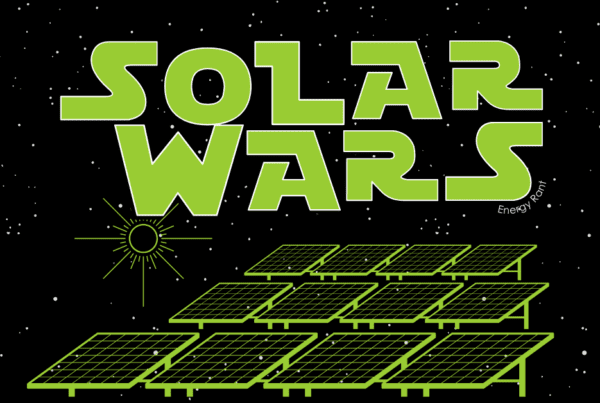
I attended Peak Load Management Alliance’s 45th Conference in Baltimore last week, where I captured a quote that went something like this: the difference between energy efficiency and demand response is that demand response is a relationship between utility and customer. In contrast, efficiency is a transaction or two followed by the customer and utility parting ways.
I thought, hmm, so it’s like renting an apartment versus a hotel for a night or two – or a long-term relationship where two people actually know each other’s names versus a hookup. Ok.
Hookups
Most of us reading this cannot relate to the average person’s perspective on efficiency and demand response. For instance, I spent $14,000 for a variable refrigerant flow, aka ductless, mini-split heat pump, and got a $500 rebate. Do you think that moved the needle? I spent another $10,000 on the boiler and deposited a $400 check for that. What are the net-to-gross figures for these projects? Not very high.
For that matter, what is the NTG for those kits with four lightbulbs, a showerhead, and a couple of faucet aerators that are mailed to customers for free? “Sir, would you have spent $2.50 in gasoline, an hour of your day, and paid the retail price of $29.99 if we hadn’t mailed these free items to you?” Now we see why this con persists. What if I’m too lazy to even return a postcard or fill out an internet form? That would be me. How is that factored into the NTG witches brew?
So no, I have no relationship with my energy efficiency administrator. They are as nameless and faceless as the Menards rebate processing center in Elk Mound, WI, where I send for my 11% refund checks.
Transactional Relationships
Is it a relationship if I let my utility take control of my thermostat a few days a year? I don’t think so. That would be another purely transactional relationship. Besides, I’d be a poor choice for demand response because I already behave as a DR program would want me to – waiting until at least 8:00 PM to start cooling my house.
Engaging Relationships
But what about large commercial and industrial customers? Utilities and program administrators should certainly have relationships with these essential customers all the time and for all things related to the utility. I have long advocated on this blog that all these customers should be treated with strategic energy management.
What does that look like? If you are somewhat new, or even if you are me who writes all these things and can’t remember the subject two weeks ago, I will reshare what strategic energy management should look like (diagram below) with an upgrade to include demand management. Per last week’s post, load management is the special teams, or kicking game, as it’s known in football. We have offense, defense, and special teams, which are equally critical to winning, engaging customers, and decarbonizing the grid.
 Enabling Utility Rates
Enabling Utility Rates
The last thing for today is rate reform. In regions with wildly fluctuating and significant renewable penetration, which is most of the country east of the Mississippi and inching eastward, we cannot have fixed, dumb tariffs that have demand charge that is set 9:00-21:00, Monday-Friday anytime. At a minimum, these 12-hour windows must be squeezed into three or four hours during the evening ramp when the sun sets. See the evening ramp below from California. Although there is a minimal duck shape to loads today in the Midwest, it’s coming with the hundreds of megawatts of solar that will come online in the next few years.
 Engage
Engage
Pardon me for the cliché, but “more than ever,” customers need long-term relationships with their utilities, or some other behemoth like Google, Amazon, or Apple will take it. Hmm, maybe that’s why the rates are archaic. Never mind. Models include:
- Transactional demand management for residential customers, including managed car charging for electric vehicles, and “deals” swapping dollars for control of thermostats and other connected devices for a few days a month.
- All-in strategic energy management, including load management for large commercial and industrial customers.
- Small and medium customers, also known as SMBs, can benefit from a hybrid approach, but securing those resources will be more expensive per unit because they are not as homogeneous as residential customers (easy to serve with efficiency and demand management). They do not have the achievable resources that large customers have (less bang for the buckaroo).

 Enabling Utility Rates
Enabling Utility Rates Engage
Engage



